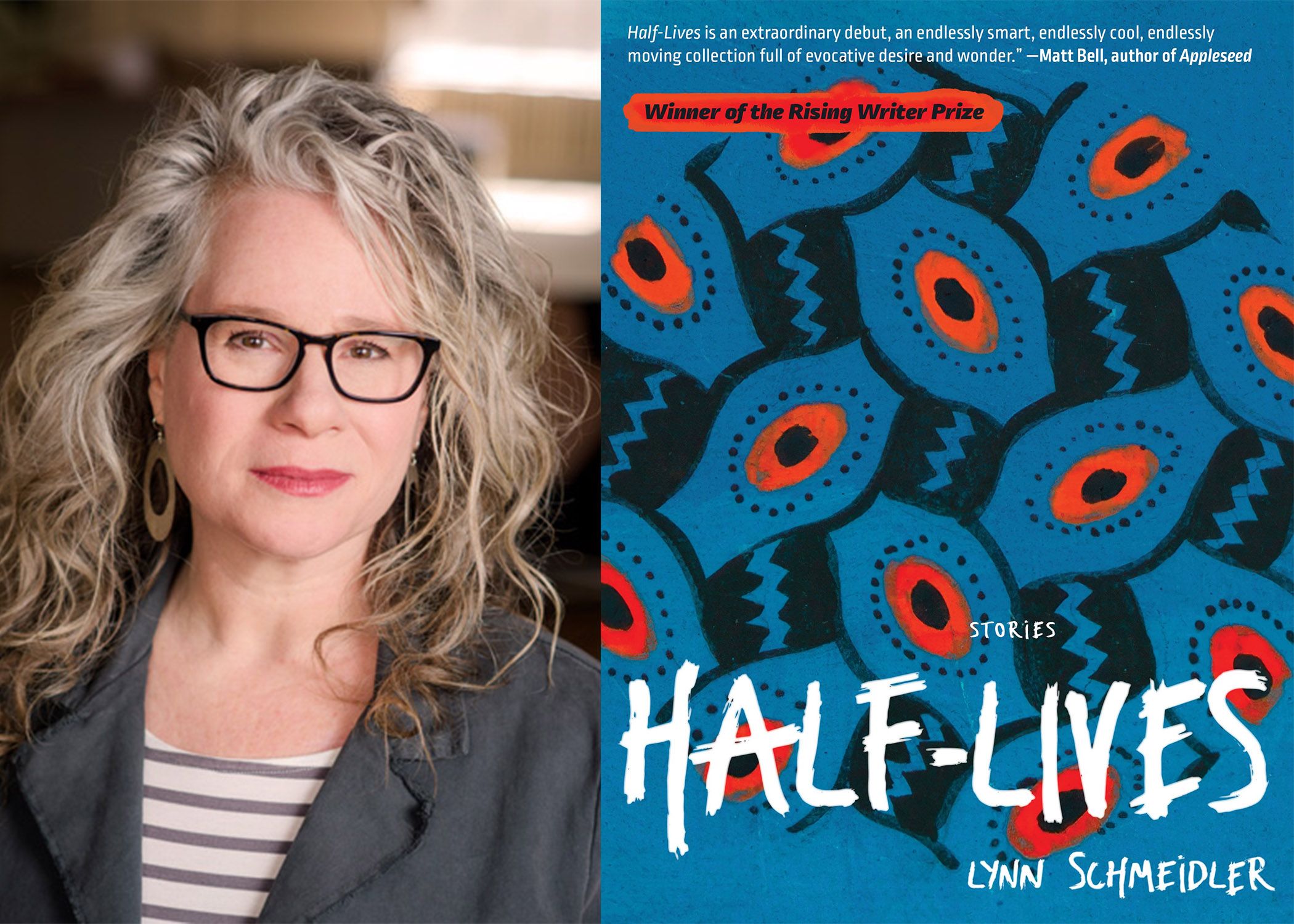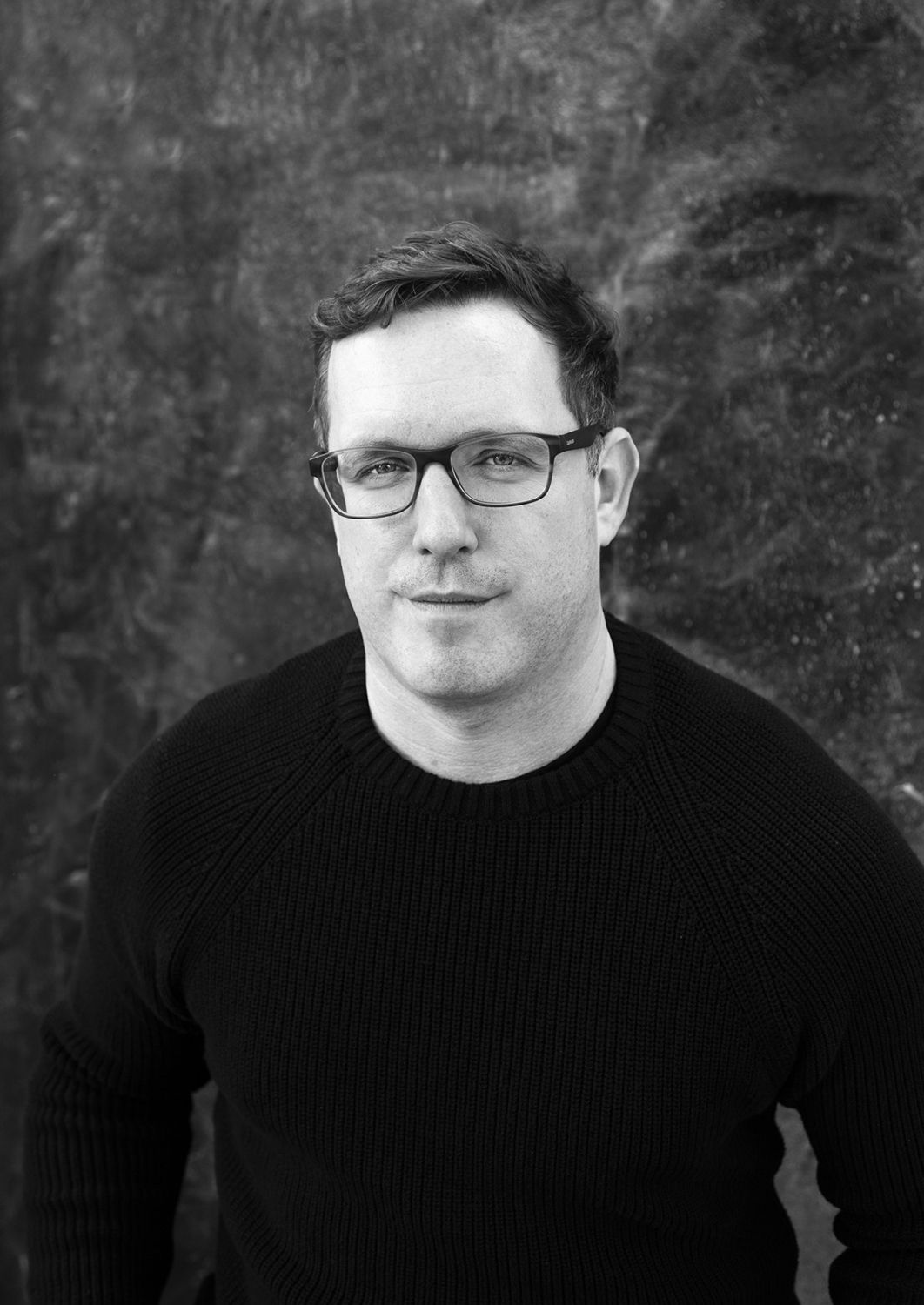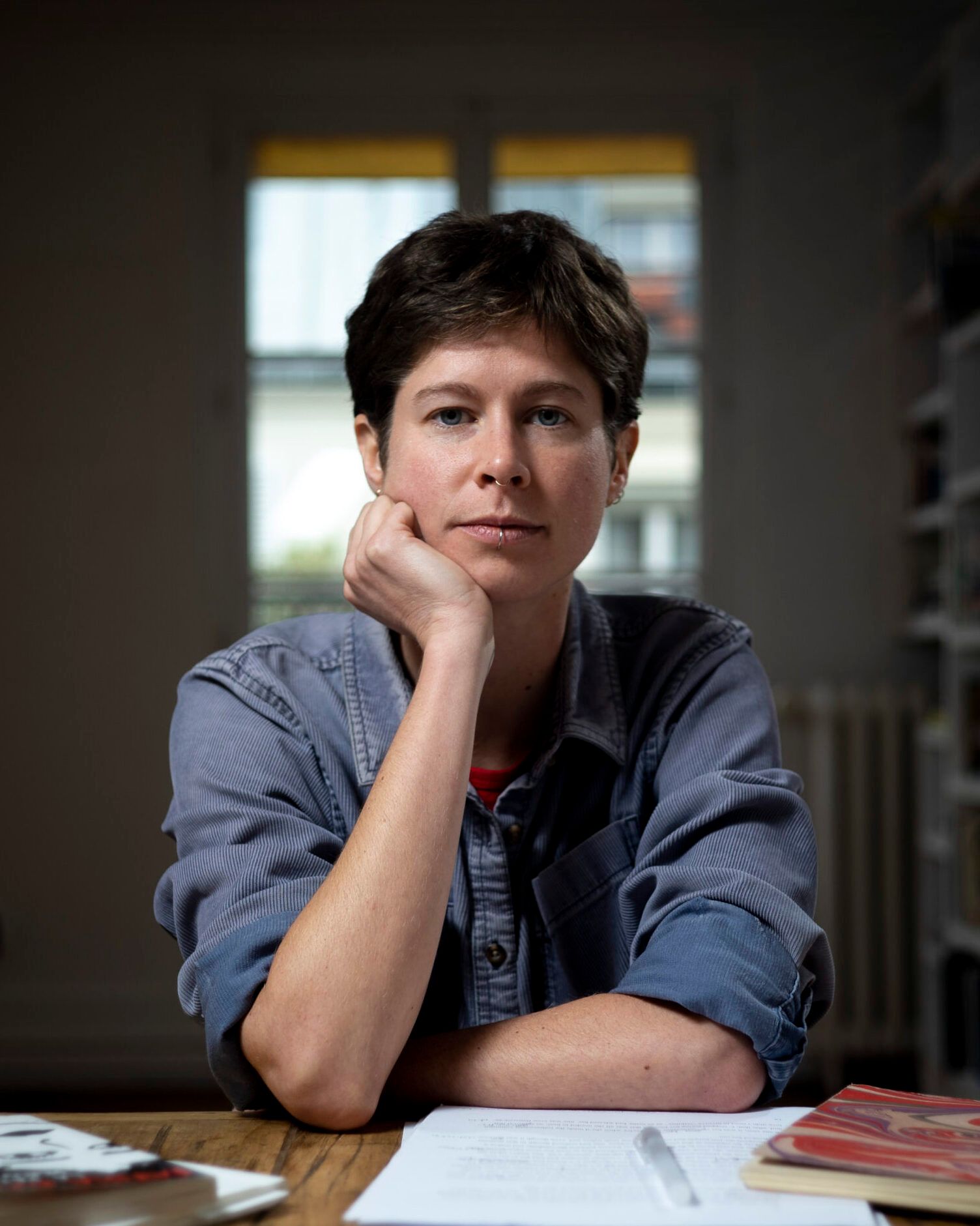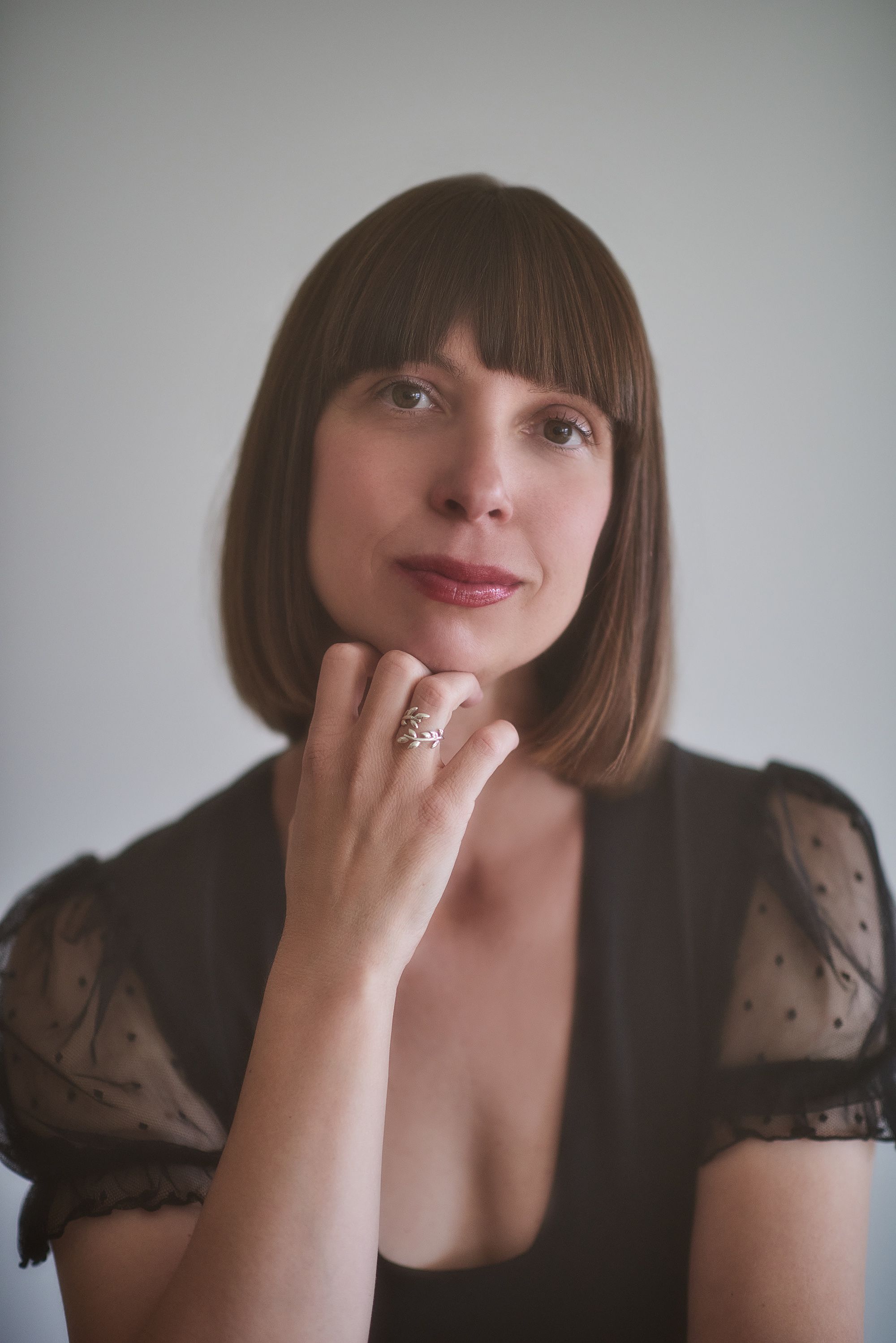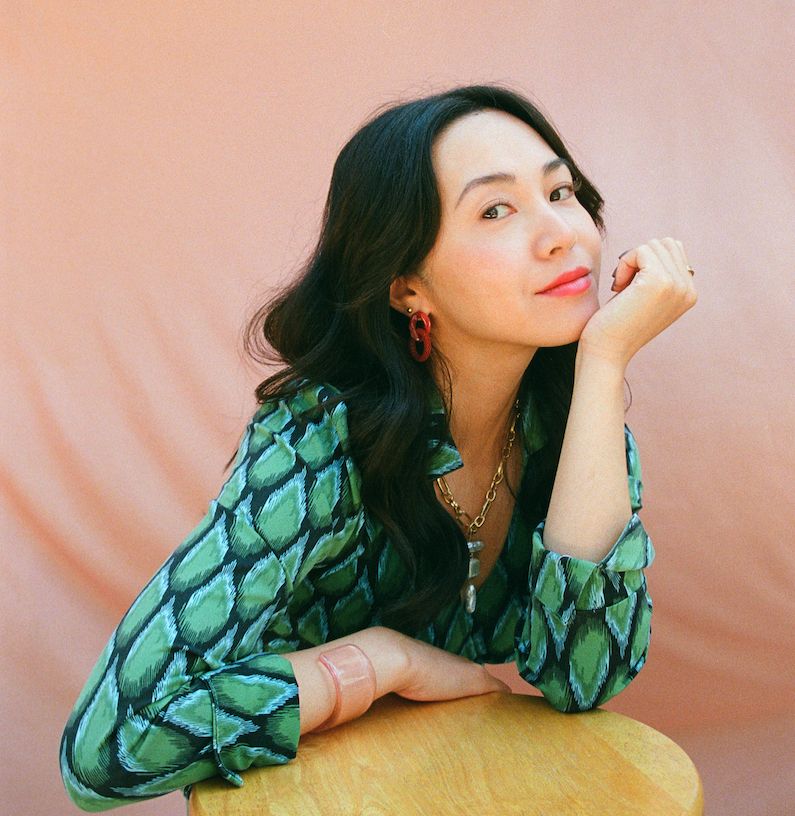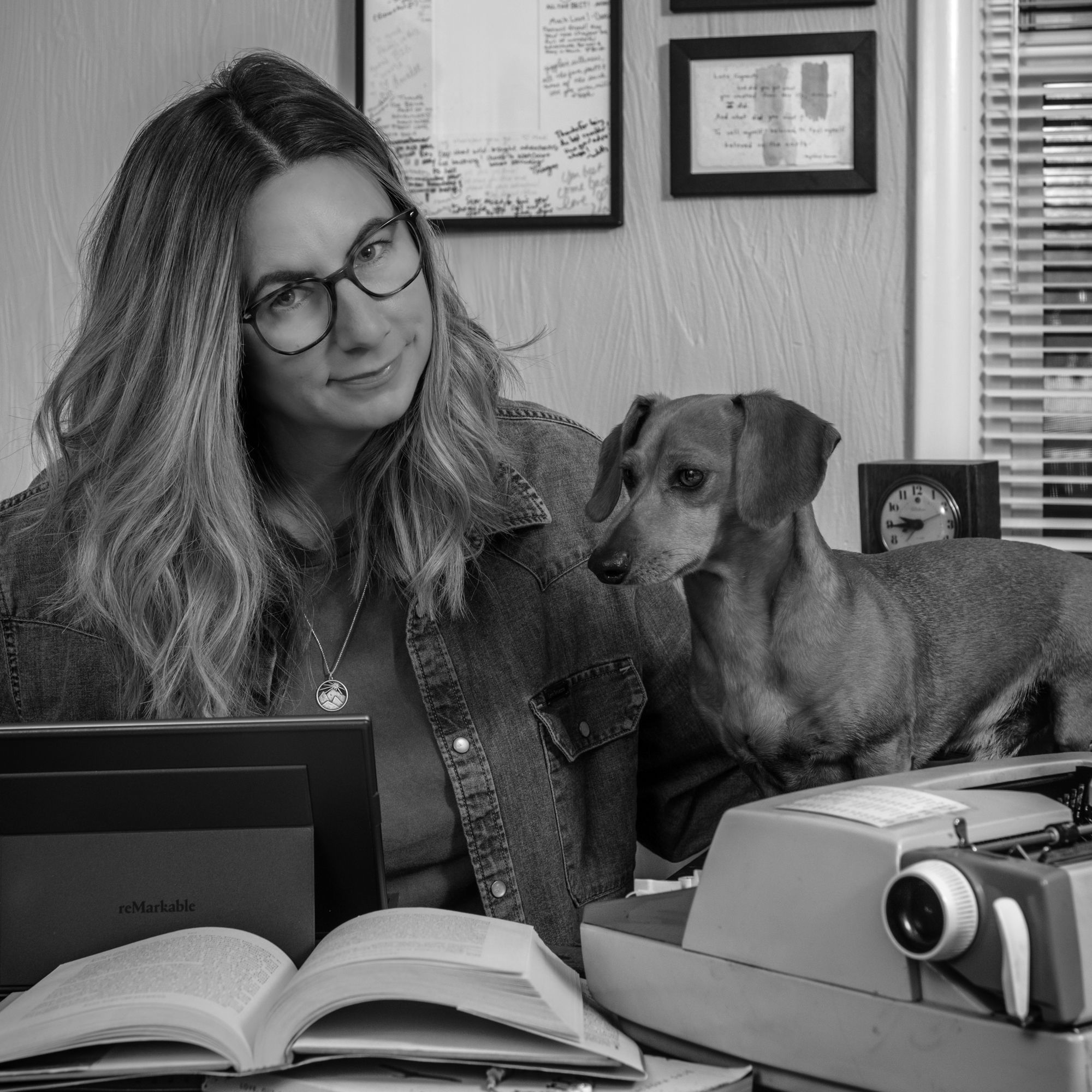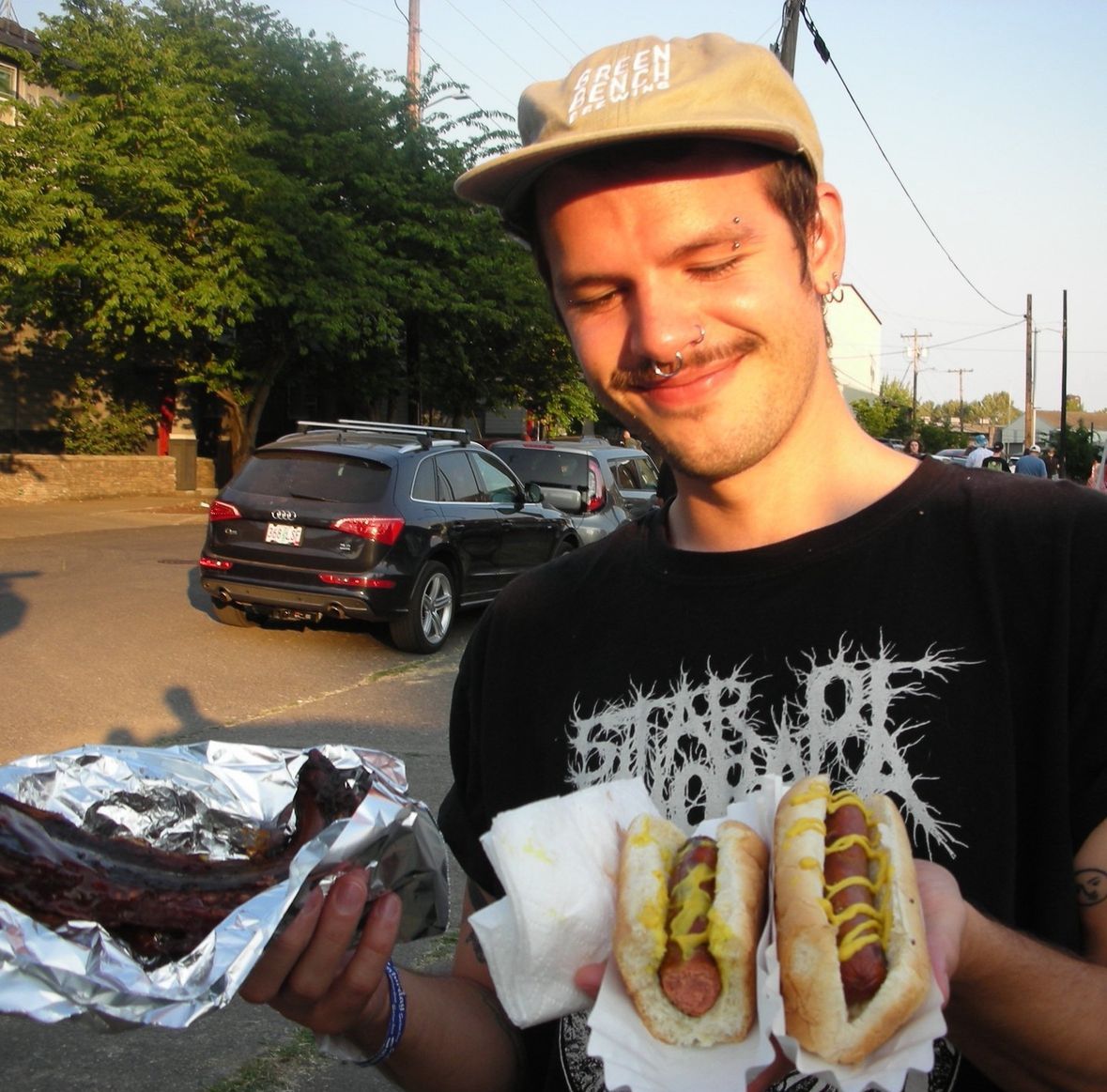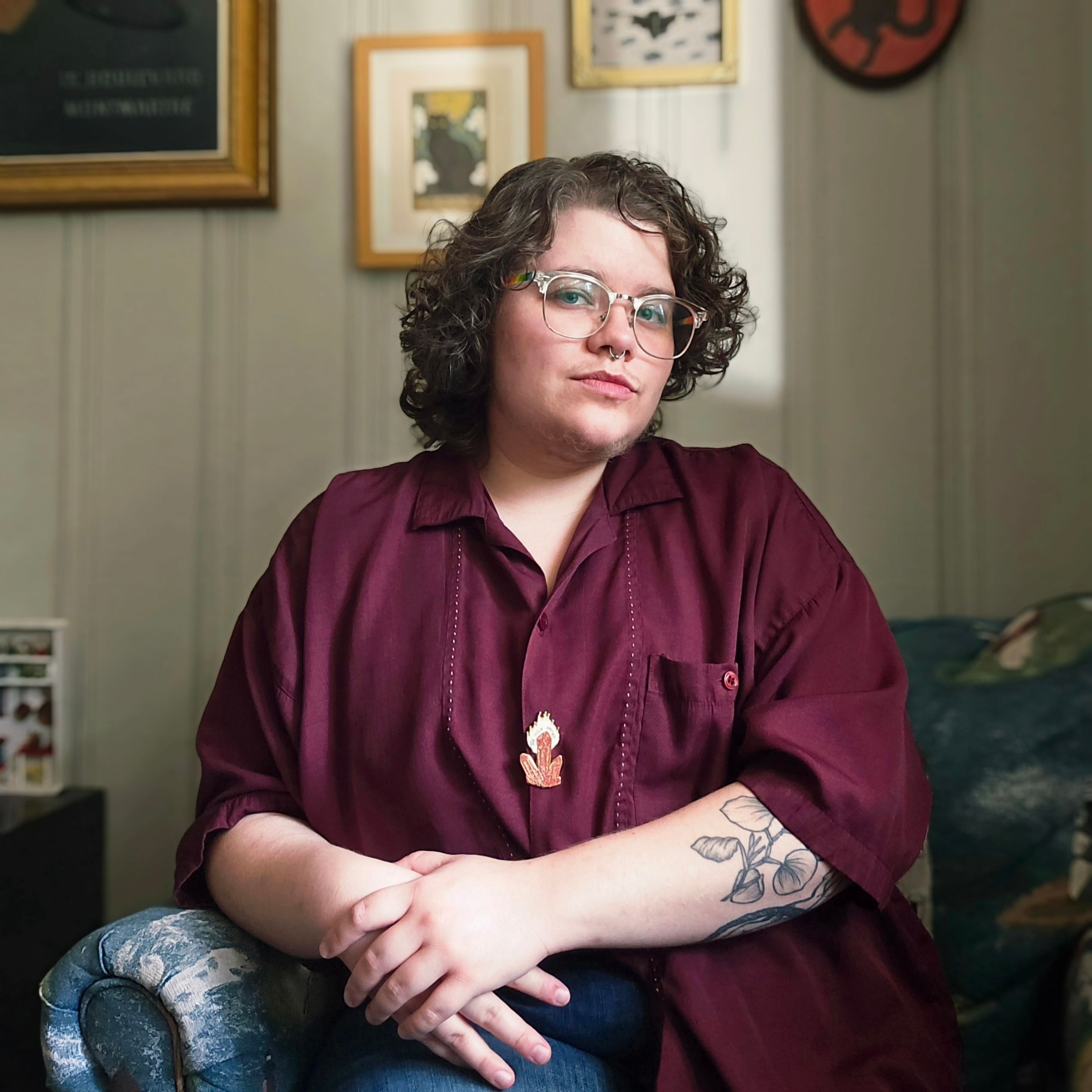Jayda Skidmore: Half-Lives is a collection of 16 beautifully written short stories. As an author myself, I know there's usually something that sparks the initial writing of a single story, which eventually leads into a collection over time. I'd love to hear about that process for you. What was it that first started this collection?
Lynn Schmeidler: I began writing short stories a while ago. I love the form—their sudden immersions, the sense that the wholly created world is going to disappear as quickly as it began, but that while we’re in a story, it’s all that exists. As my work got better, I began placing stories in various literary magazines. As soon as I’d finish one, an idea for another would sprout, and I’d be off again. As so often happens, what finally got me to see that I might be writing a collection of stories was not some internal understanding of what I was up to, but the feedback of my cherished writing group. We have met every six weeks or so for over a decade, and one day, someone in the group asked me why I wasn’t compiling my stories into a collection. It was then that I realized that I did have a project of sorts—writing about women’s psyches and bodies, and that I should start thinking about collecting them in one place where they might be able to speak to one another and to echo and reverberate within the covers of a book.
JS: I always find the process of creating a collection fascinating and as unique as each author, so thank you for sharing! Do you have a favorite character or story within your collection?
LS: My favorite story is always the one I’m working on. As far as a favorite character, I love each of them, particularly when they’re behaving most badly. If, however, there’s anyone I’d really like to meet and hang out with in the real world, it would be Natalie Moon, the witch who teaches the unnamed character in “Feel Better” to do just that. She presents herself as mentor, guide, and magician. I think we could all use a Natalie Moon in our lives.
JS: Natalie Moon is a wonderful character! I completely understand why you’d want to meet and hang out with her in the real world. Do you have any hopes for this collection and the ways in which it may impact readers?
LS: The other day, a friend texted me that she had brought my book to her condo pool area, where she began reading “The Future Was Vagina Forward” (originally published in Hunger Mountain, in fact). Apparently, she was laughing out loud, and two of her friends there asked her to read it aloud, which inspired them to set off to buy the book. This is exactly my hope for the collection—that it makes readers laugh and feel and share and spread the word.
JS: That must be a wonderful feeling: knowing that your work has already impacted readers in that way. How do each of your stories develop? Is it a similar process for each one, or did they all come about differently?
LS: Generally, my stories originate in a thought or idea or line of dialogue or even a phrase that feels rich, confusing, strange, and interesting to me. Then, I set off to figure out why. “Deep Hollow Close” was the name of a street whose sign I noticed one day on a walk with a friend. “Joke, Deconstructed” was a joke that another friend told me that I mistakenly took to be a true story and couldn’t get out of my head. “The Wanting Beach” was a phrase I came up with in a generative writing class I was teaching where I asked everyone to make two columns: on the left to write emotion verbs in their gerund form (loving, hoping, fearing, wanting…) and on the right to list common names of places (mountain, store, depot, beach…). We then drew lines at random to connect one word from the left column to one word on the right. After reading the pairs aloud, we each used the combination most evocative to us as our prompt. Writing this now makes me want to write a story called The Hoping Depot.
JS: The Hoping Depot would be an intriguing title! I really love that exercise, as well. I think I’m going to have to try it myself. To go with the last question, how did you know when a story was complete?
LS: The endings of stories are mysterious things. For me, they generally arrive in such a way that I feel in my gut, “That’s the end.” Sometimes, I still need to add more before that ending can happen in the story, but often, I’ll be writing, and the ending will come to me. I’ll know that it’s time to stop because it’s over. It’s a bittersweet feeling.
JS: Tying in with my second-to-last question and the topic of naming conventions, how do you name your stories? You have some fascinating names in your collections, and I find titles to be one of the most difficult things about completing a piece.
LS: I love titles, and yes, they can be so hard to arrive at! Often, the title jumps out at me while I’m writing. I’ll notice a phrase or word appearing multiple times and realize it’s important and emblematic of the story as a whole (“Half-Lives,” “Feel Better,” and “Sex Was Everywhere,” for instance). At other times, titles feel more like suggestions straight from their stories. There’s a strange kind of magic that happens when I’m connecting with a narrator, tuning in to how she speaks and what she says, such that every so often, it’s as if she just announces the title to me, and I have to go along. It was through this kind of connection-suggestion that I came up with both “The Future Was Vagina Forward” and “InventEd.” Only with the latter, the original idea was “InvenTed, but then I sent an early draft to my writers’ group, and one person reached out to tell me how excited she was to read my invented TED talk, so I changed the title, and therefore the protagonist, from Ted to Ed.
JS: I think it’s really cool that you were able to come up with a solution that kept your title intact but also adjusted expectations for the readers! What is one piece of advice or feedback you have received about your writing (or writing in general) that has influenced you the most?
LS: I love writing advice when it reinforces something I feel to be true—that there’s no one way to be a writer, for instance. I love statements about creativity that alleviate some of the fear and anxiety that’s inevitable in the process: that the well will always refill, for example. On the other hand, tell me something that I cannot or should not do—never write in the second person; don’t write about a writer, and I’ll take it as a full-on dare. See “I You She” in which I respond to that very advice by not only writing in the second person about a writer but by adding first and third person as well. So there!
JS: I find that when we bend the rules of writing, we often create our best art. I absolutely loved “I You She” and feel it’s a great example of doing just that! How did you decide to compile your stories in the order you published them in? Did the order come immediately, or was there a process you went through to decide which story went where?
LS: Half-Lives was compiled over a period of about three years, and during that time, the stories that were included changed. I was writing stories while I was collecting them, and sometimes a new story felt stronger than an older one, so the older one was booted, and then the order would need to be reworked. In this way, the collection as a whole morphed and developed as time passed. The title, too, was not always Half-Lives (Want and Possibility Hunger were two titles I considered). I read a lot of advice about ordering books of stories and books of poetry, because I think story collections and poetry collections contend with many of the same structural challenges. In the end, though, it was the suggestion of the brilliant writer and editor Emily Nemens to order the stories in the way that I ultimately did—roughly beginning with the youngest protagonists and ending with the oldest. She called it a kind of concept album, which I loved.
JS: I think it was a brilliant idea to put the stories in the order of the ages of the protagonists! It fits the collection so well. What was your favorite part of writing this collection?
LS: I loved discovering – by putting stories side by side – the unexpected ways in which the different narrators and characters seemed almost to converse with one another. It was as if each were adding to or challenging or even one-upping what had come before. If I could, I’d throw a party and invite them all. I’d make them all sign waivers, and then I’d film it and sell it as a reality TV show because I think some crazy shit would go down.
JS: I think that would be a really interesting show. Maybe you should write a story with that as the premise and see what happens! I’d love to hear about it, if you do.
Something you have a great knack for is writing compelling characters while exploring some of the difficult and uncomfortable truths and realities of moving through the world as a woman. You wrote about desire, rape, adultery, age, sex, sexuality, and more. I know I already asked about your process in developing each story, but I was wondering how you came about each topic explored in your stories.
LS: I write very much aware of living in a female body in early twenty-first century America. Whatever happens to the women in my stories happens to them if not because of being women, then certainly as women, and so sex and hunger, agency, and identity all come into play in my work. I’m someone who thinks a lot about boundaries and the ways in which the self, the female self in particular, establishes and navigates boundaries and their breaches. This all sounds a bit abstract, and yet when I’m writing I’m really not thinking at all. Or when I’m writing well, I should say, I’m not thinking. I’m feeling. And because feeling happens in the body, what happens to my characters happens in their bodies. This is all to say that I don’t really come up with a topic and decide to explore it. I more feel my way into specific narrators or characters and decide to explore their circumstances.
As an example, one evening I went to a Broadway show based on the career of the Beatles and sat right in front of the drummer. I couldn’t stop thinking how strange it must be to pretend to be Ringo Starr eight shows a week when the real Ringo was out there being Ringo. As I do, when something catches my interest, and I begin to obsess about it, I wrote into it. After a while of trying but getting no real traction with my “Being Ringo” story, I switched it to “Being Stevie.” Voila! Now that the narrator was a Stevie Nicks impersonator, all of the issues of self- presentation—as a female icon and as a regular female human—began to surface, and I was off and running.
JS: One question I love asking authors is, “What book has impacted you the most as an author and why?” I'd love to know your answer, and if that book had an impact on your experience writing Half-Lives.
LS: Oh, no, I can’t possibly choose only one! So many books have impacted me as a writer and as a writer of Half-Lives. I share a birthday with Lewis Carroll, so I’ll start with Alice in Wonderland. After that, Tony Morrison’s Beloved, Angela Carter’s The Bloody Chamber, Rachel Ingalls’ Mrs. Caliban, Garielle Lutz’s Stories in the Worst Way, Etgar Keret’s The Nimrod Flipout, Italo Calvino’s If on a winter’s night a traveler, Maggie Nelson’s The Argonauts, Carmen Maria Machado’s Her Body and Other Parties, Mary Ruefle’s Madness, Rack, and Honey… I’ll stop myself now, but really, I could go on.
JS: I completely understand! That question usually throws people for a loop, since it can be impossible to choose only one. All the books you listed are wonderful!
My final question: if you could tell anything to the younger version of you who just started writing, what would it be?
LS: You are doing exactly what you are supposed to be doing—reading and writing, sending work out and getting it sent back, studying and learning. Keep at it, and know that each attempt you make makes you a better writer. Each book you read makes you a better reader. Notice everything; taking it all in, and put it all down. Someday it will all make sense.
